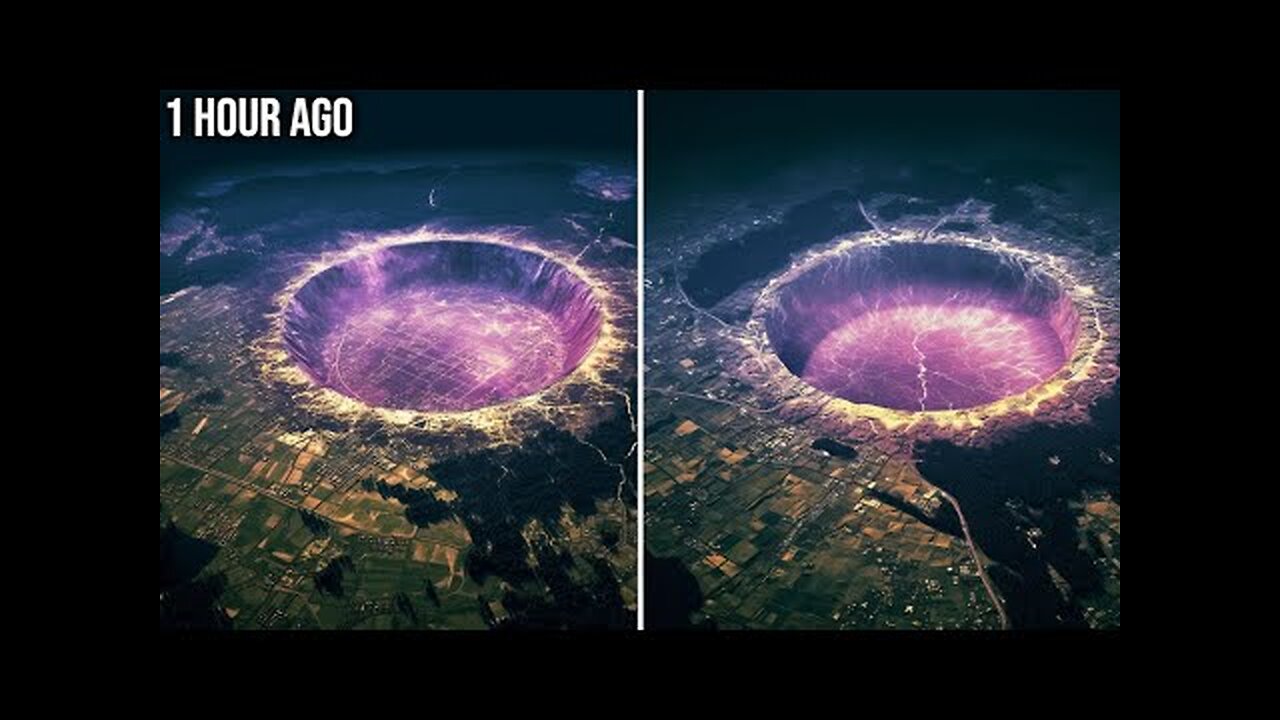Premium Only Content

LHC has started recreating more than the conditions present at the beginning of time
This Rumble video discusses the Large Hadron Collider (LHC) and the potential dangers associated with its operation. It recounts a tragic accident in 2005 where a switchgear cabinet fell and crushed a forklift truck driver. Despite this, the construction of the LHC was seen as an incredible feat, considering the number of workers involved and the amazing scientific discoveries made with the LHC. However, the video raises concerns about the potential risks of using the world's most powerful particle accelerator.
The LHC was designed to break up protons and study their parts to search for anything unusual. Some scientists, including renowned British astrophysicist Martin Reese, theorized that the LHC could generate quantum black holes. CERN, the European Organization for Nuclear Research, disagreed and stated that the energy used in the collisions was much lower than what is needed to form a quantum black hole.
Another concern is that the LHC experiments aim to recreate the conditions of the Big Bang, which could potentially lead to catastrophe. Physicists believe that within the first 10 microseconds after the Big Bang, the universe was filled with a substance called core gluon plasma, thousands of times hotter than the sun's core. The LHC experiments, particularly the Alice experiments, involve synthesizing this extreme substance. While the synthesis of core gluon plasma did cause energy bursts, it did not lead to catastrophic consequences.
In conclusion, while there have been concerns about the potential risks associated with the LHC, including the creation of black holes or recreating the conditions of the Big Bang, the evidence suggests that these risks are minimal. The LHC has been operational since 2010 without any major incidents.
-
 1:04:55
1:04:55
Bare Knuckle Fighting Championship
4 days agoBKFC ITALY PRESS CONFERENCE | LIVE!
54.8K6 -
 10:04
10:04
Space Ice
5 hours agoThe Movie Silent Hill Is Like Resident Evil Without The Good Parts - Worst Movie Ever
31.3K11 -
 5:49
5:49
Hannah Barron
1 day agoRedneck Euro Mount
26.1K20 -
 32:34
32:34
hickok45
10 hours agoSunday Shoot-a-Round # 268
20.2K15 -
 27:33
27:33
The Finance Hub
19 hours ago $13.47 earnedBREAKING: ALINA HABBA JUST DROPPED A MASSIVE BOMBSHELL!!!
57.8K103 -
 40:23
40:23
PMG
1 day ago $1.57 earnedHannah Faulkner and Dr. Michael Schwartz | EXPOSING BIG PHARMA
33.3K3 -
 18:55
18:55
GBGunsRumble
22 hours agoGBGuns Range Report & Channel Update 15FEB25
24K2 -
 13:31:32
13:31:32
iViperKing
23 hours agoGood Times + Good Energy Ft. Whez.. #VKGFAM #RRR
109K15 -
 12:24
12:24
Winston Marshall
2 days agoWOAH! Bannon just Revealed THIS About MUSK - The Tech-Right vs MAGA Right Civil War Ramps Up
234K314 -
 7:33:46
7:33:46
Phyxicx
21 hours agoHalo Night AND Raid & Rant with the FF14 Guild on Rumble! - Go Follow all these great guys please! - 2/15/2025
156K7